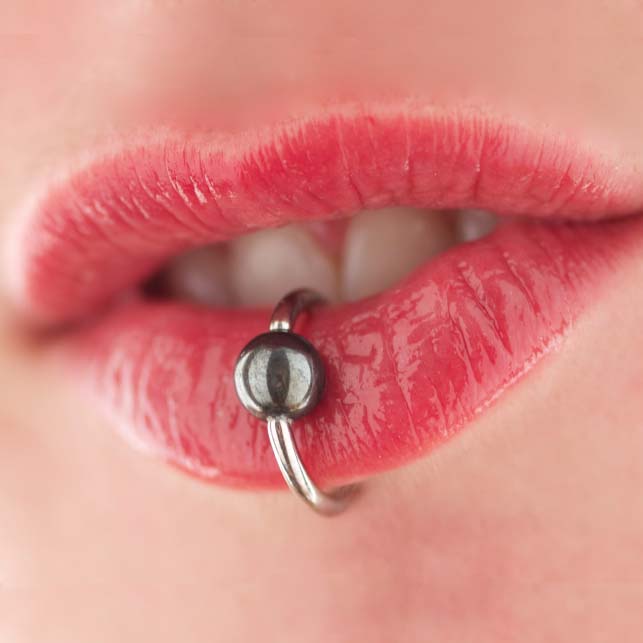
What Are Dermal Piercings?
Dermal piercing is different because there is only an entry point to the piercing, which can be seen on the surface of the skin and can be done to most flat surfaces of the body, the second end of the piercing is studded into your skin.

This type of surface piercing is popular nowadays because it can be placed on almost any flat surface of the body, which allows you to decorate areas that are difficult to pierce with regular piercings.
Now the dermal piercing has been a new fashion, more and more people giving up on rings, when they get married get a dermal piercing on their finger instead.
Where does a dermal piercing go?
A dermal piercing can be placed anywhere on the body, so long as the area of skin is flat.
Popular areas include the:
cheekbones
nape of the neck
chest
lower back
abdomen
thighs
Although no area is necessarily off-limits, the skin has to be thick enough to hold the dermal anchor in place.
How Are Dermal Piercings Done?
If you are completely new to this type of body modification, then you are wondering how dermal piercings work.
Because there is no exit point, the jewelry enters the body and is then held in place with an anchor that is inserted under the surface of the skin. Either a needle or a dermal punch is used to remove a small piece of your flesh, which creates a small hole in the skin. Then, a footed or round-based dermal anchor is inserted into the area. Finally, the jewelry is screwed onto the anchor.

Here some dermal piercing show for you







Leave a comment
This site is protected by hCaptcha and the hCaptcha Privacy Policy and Terms of Service apply.